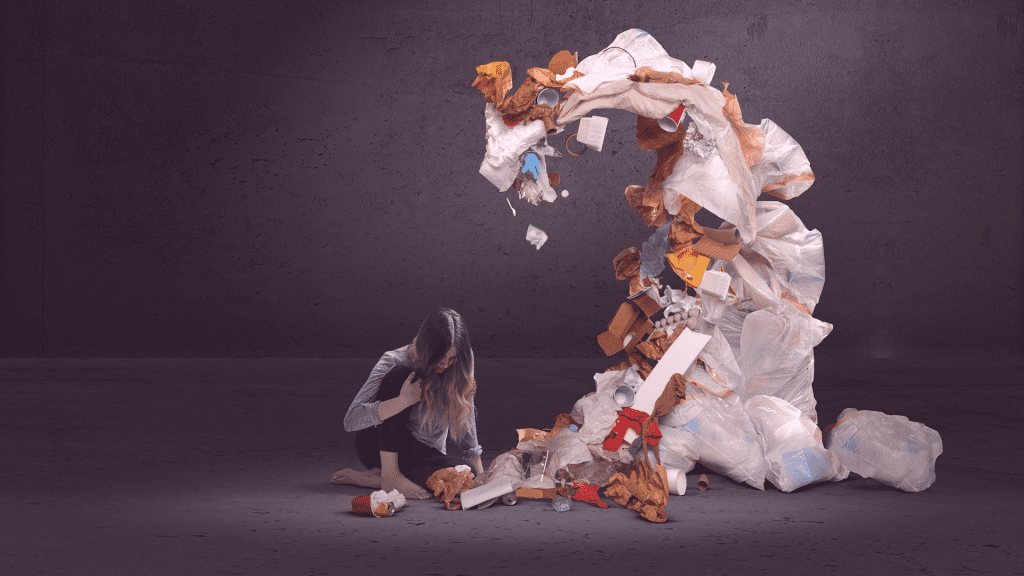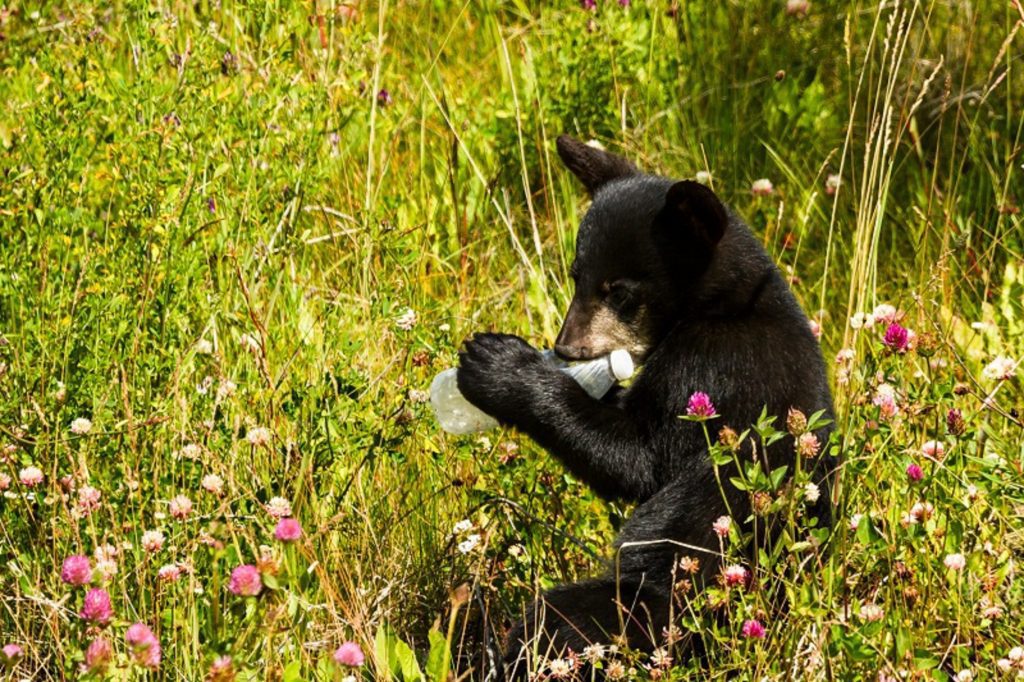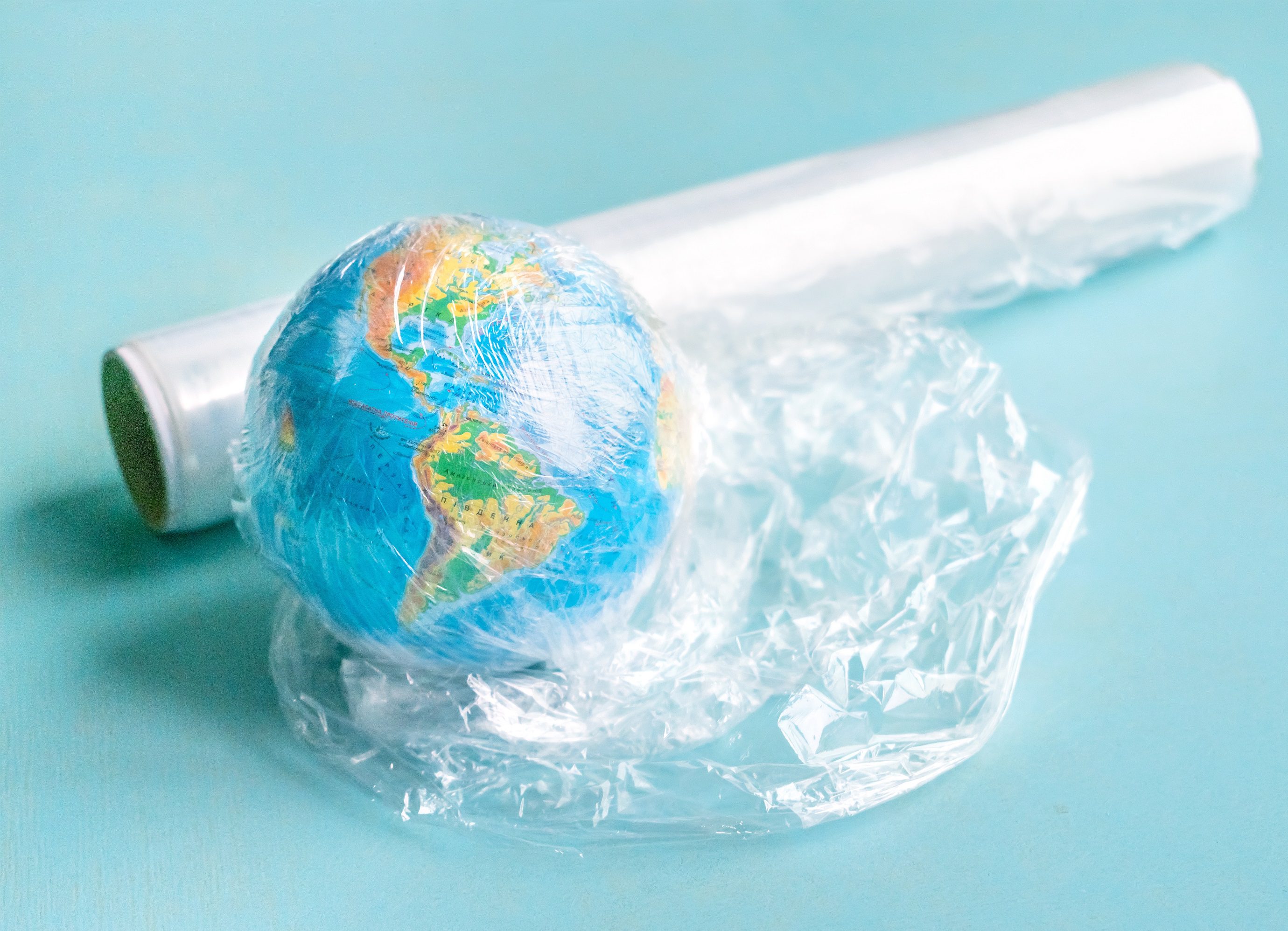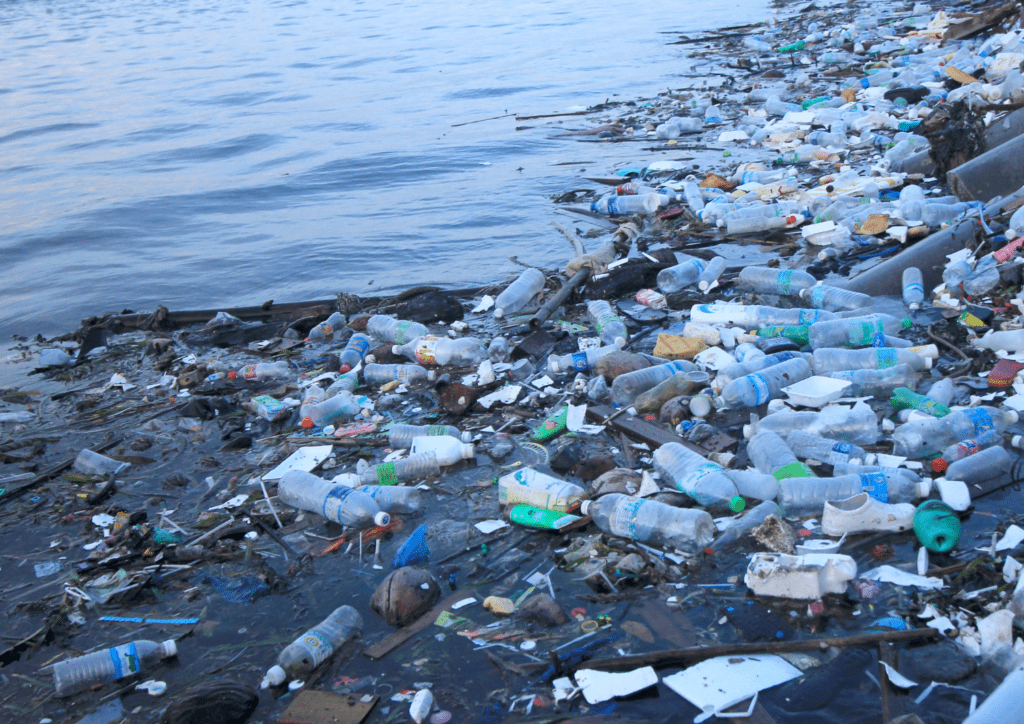The myth that plastic pollution would end if we just stopped littering and did a better job of sorting our waste is seriously hard to debunk. Last month, during Plastic-Free July, we shone a light on Big Plastic and how they profit from ever-more plastic production while fighting regulation, insisting plastic is healthy and that recycling is the answer to the growing crisis. But the thing is…
Recycling. Has. Never. Worked.

Big Plastic has gone to great lengths to convince us all that we, the general public, are responsible for plastic pollution. And, they’ve sold us the idea that if everyone simply disposed of plastics properly we wouldn’t be in this mess. And it’s working! Throughout our Plastic-Free July campaign we heard from several people that put the blame back on consumers.
Big Plastic must love these kinds of comments. It proves their propaganda works. And I’m sure they’re happy to have us blame each other for the mess they’ve unleashed on the world. It takes the heat off them.
The truth is, it’s not our fault and the solution to end this crisis is not our sole responsibility. Check out our Plastic Diaries for more on why policy — not individual behaviour — is key to fixing the plastic pollution mess.
Recycling. Has. Never. Worked.
We’re now into a federal election and the good news is that plastic pollution is on the parties’ radar. Watch for plans that include bans of unnecessary single-use plastics and other policies to shift to reusable packaging and containers. The plastic pollution crisis will not be solved through voluntary measures and blind reliance on recycling.
Plastic recycling is one of the biggest PR coups of the 20th century. Journalists have woken up to the spin and have done some excellent exposés, including this recent TV documentary.
Back in the 1970s, Big Plastic launched a campaign under the banner “Keep America Beautiful” (decades before the call to Make America Great Again), worried that people were on to the problem of plastic.
A generation after Saran Wrap and Styrofoam were first brought into the world, people started realizing we could never actually get rid of them. Plastic products and packaging, designed to be used once and thrown away, were piling up in landfills and the natural environment, where they last for hundreds of years, breaking down into microplastic particles. Wildlife thinks plastic is food, and people and animals can ingest it by accident. Animals get tangled in plastic waste and die. But the alternative is just as problematic: some plastic gets burned with other waste, releasing toxins into the air, soil, water and the food web.

Recycling is the answer, they said, to keeping America beautiful. And Canadian cities answered the call, leading the way with recycling programs to collect our used packaging and containers and seeking an efficient way to break it down into the raw materials for new packaging and containers. They worked feverishly to find markets to sell the recycled material. For forty years, we tried valiantly to make recycling work. But–all together now–it has never worked.
Between 1950 and 2015, plastic production grew by a staggering 8.4 per cent per year, creating some 5.8 billion tonnes of the stuff overall in that period. Only 9 per cent of it has ever been recycled. By coincidence, that’s the percentage of plastic recycled in Canada every year. 9 per cent.
Plastic is literally stacked against us.
This is not because of any failing on your part. The majority of plastic is not made to be recycled. And it’s almost never economically viable to go to the trouble to collect, sort, wash and pelletize plastic waste when virgin plastic, the stuff made from freshly extracted oil and gas, is so cheap. In large part because it’s also subsidized by governments, including our own, who seem bound and determined to keep the fossil fuel pipelines running even in the face of the overlapping climate and plastic disasters.
Now, in the 21st century, Big Plastic has taken a harder stand. They’re not talking about keeping anything beautiful anymore, though the industry is still clinging to the lie that recycling will save us. Now they’re suing the government!
Big Plastic–NOVA Chemicals, Dow Chemical and Imperial Oil–has added lawyers to its arsenal and is heading to court to try to stop Canadian environmental regulations that would ban some single-use products and packaging altogether and require new plastic products to contain a certain amount of recycled material. They’ve filed for a judicial review of the government’s decision to list plastic as a toxic substance under the Canadian Environmental Protection Act.
Big Plastic doesn’t want rules. It wants to keep doing exactly what it wants, while we pay for some of it through our taxes, and the rest through worsening environmental harm and risks to our health.
While we must all make efforts to use less plastic and ensure we dispose of it in the safest way available, we have to recognize that without new rules, plastic will win and totally overwhelm the environment. Recycling will be a small part of the shift to a circular economy. The real solutions are much less plastic overall, an end to single-use materials (especially plastic ones) and a shift to reusable packaging and containers. And this will require new rules.
Regulations changed our relationship with cigarettes and seat belts. They’ve been used to control toxic materials that harm the environment and threaten our health, such as brain-damaging lead, which used to be in everything from paint to gasoline. Plastic needs to be regulated too. Don’t let Big Plastic tell us otherwise.








